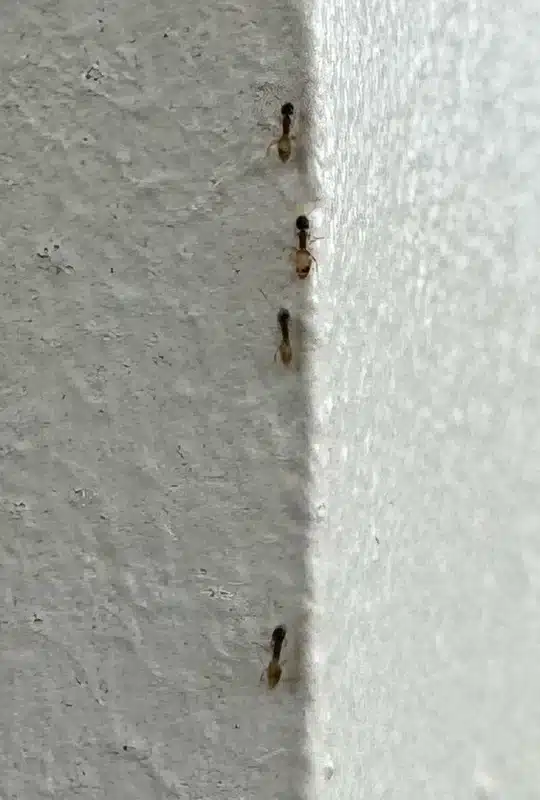If you’ve spotted ants marching across your kitchen counter, you might be wondering if that box of baking soda in your pantry could solve the problem. Many homeowners turn to this common household item when they first notice ant trails, especially during spring when ant activity peaks.
Does baking soda kill ants? The short answer is yes, but it’s more complicated than simply sprinkling some powder and calling it done. While baking soda can kill individual ants under certain conditions, it rarely eliminates entire colonies.
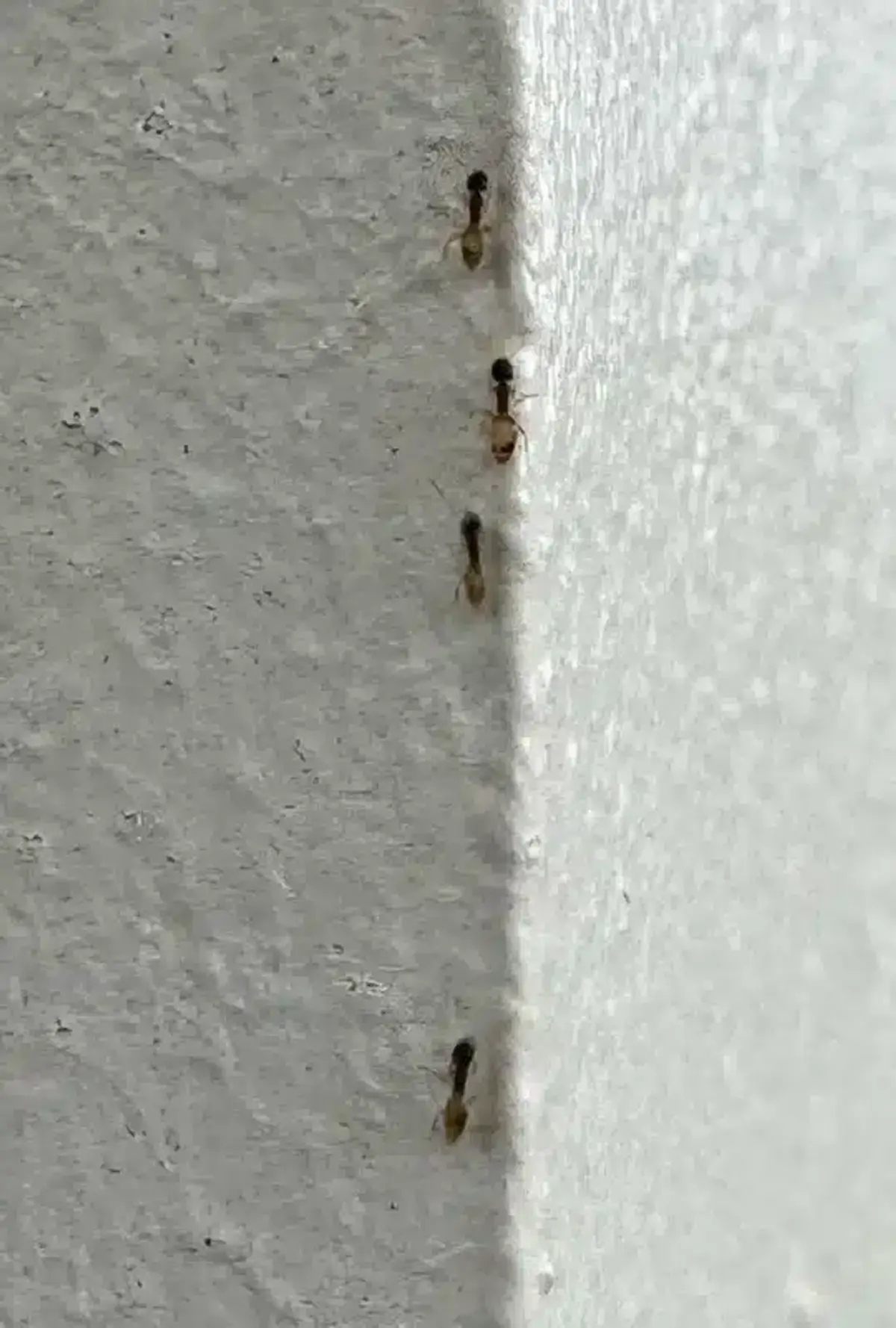
Throughout my years helping homeowners deal with ant problems, I’ve noticed that most people first try DIY solutions before reaching out to professionals. Kitchen and bathroom areas tend to be the first spots where ants appear, and many folks have already experimented with baking soda by the time they call us.
Quick Fact
While baking soda can kill individual ants, it requires direct contact for 5-7 days to be effective. Most homeowners see only temporary results because it doesn’t eliminate entire ant colonies or reach the queen.
How Baking Soda Works Against Ants
Baking soda, or sodium bicarbonate, affects ants through two main mechanisms. Understanding these helps explain why results can be inconsistent.
pH Disruption Method
When ants come into contact with baking soda, it disrupts their body’s pH levels. This dramatic shift proves lethal over time.
What does the science say?
According to research from the Journal of Economic Entomology, fire ants exposed to sodium bicarbonate showed whole-body pH increases from 6.97 to 7.9. The study determined that baking soda required about 7.11 mg per square centimeter to kill 50% of test ants within seven days. However, this required direct contact with the substance for extended periods.
Gas Production Theory
Some sources suggest that baking soda reacts with formic acid in ant stomachs, producing carbon dioxide gas that causes internal damage. While this theory appears in many DIY guides, it lacks peer-reviewed scientific backing.
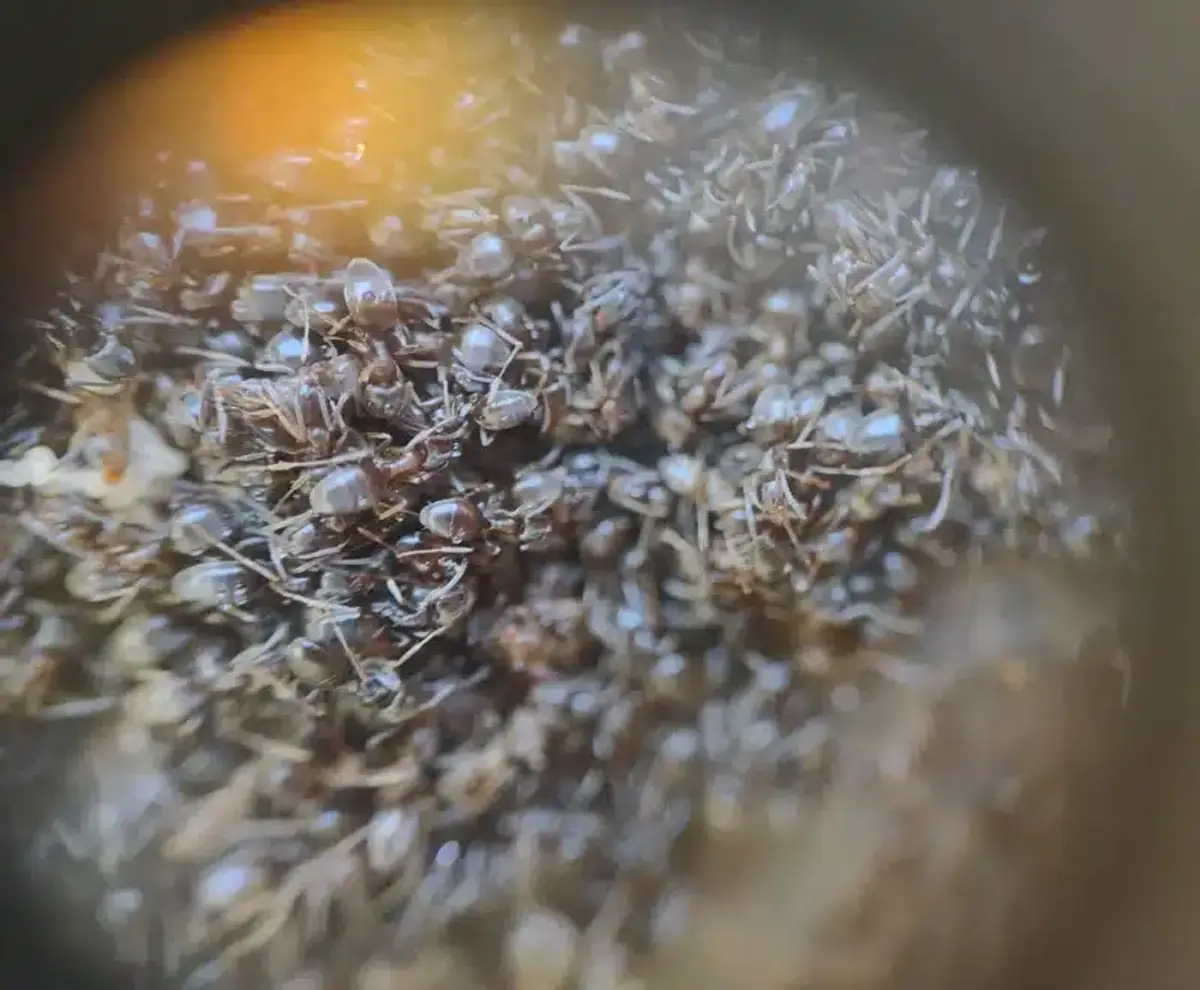
Scientific Evidence for Baking Soda Ant Control
The research on baking soda’s effectiveness tells an interesting story. Two peer-reviewed studies provide the most reliable data we have.
Laboratory tests showed 42-99% mortality rates in fire ants and Argentine ants within 6-7 days when forced to remain on treated surfaces. Importantly, these results required confinement - ants couldn’t escape the treated area.
When researchers tested ingestion through baits containing 5-7% baking soda, mortality dropped to around 50%. This suggests that contact exposure works better than consumption for killing ants with baking soda.
However, no published field studies exist testing baking soda in actual homes. Most success stories come from blogs and magazines rather than controlled research.
Preparing Effective Baking Soda Ant Baits
If you want to try baking soda for ant control, proper preparation makes a difference. Based on available research and field experience, here are the most effective methods.
Essential Baking Soda Application Steps
- Proper Mixing: Use equal parts baking soda and powdered sugar (1 tablespoon each) for optimal ant attraction
- Strategic Placement: Position baits along ant trails, near baseboards, and around pipe penetrations
- Safety First: Keep baits away from children and pets while ensuring ant access
- Regular Monitoring: Check and replace baits every 3-4 days, especially when clumped or wet
- Patience Required: Allow 5-10 days to see any reduction in ant activity
Basic Sugar-Baking Soda Mix
Mix equal parts baking soda and powdered sugar - typically 1 tablespoon of each per bait station. The sugar attracts ants while the baking soda provides the killing action.
Powdered sugar works better than granulated because it mixes more evenly and creates a texture ants find appealing. Place this mixture in shallow bottle caps or small dishes.
Liquid Bait Option
For ant species that prefer liquids, try mixing 1 tablespoon each of sugar, water, and baking soda. Stir thoroughly and place in shallow containers near ant trails.
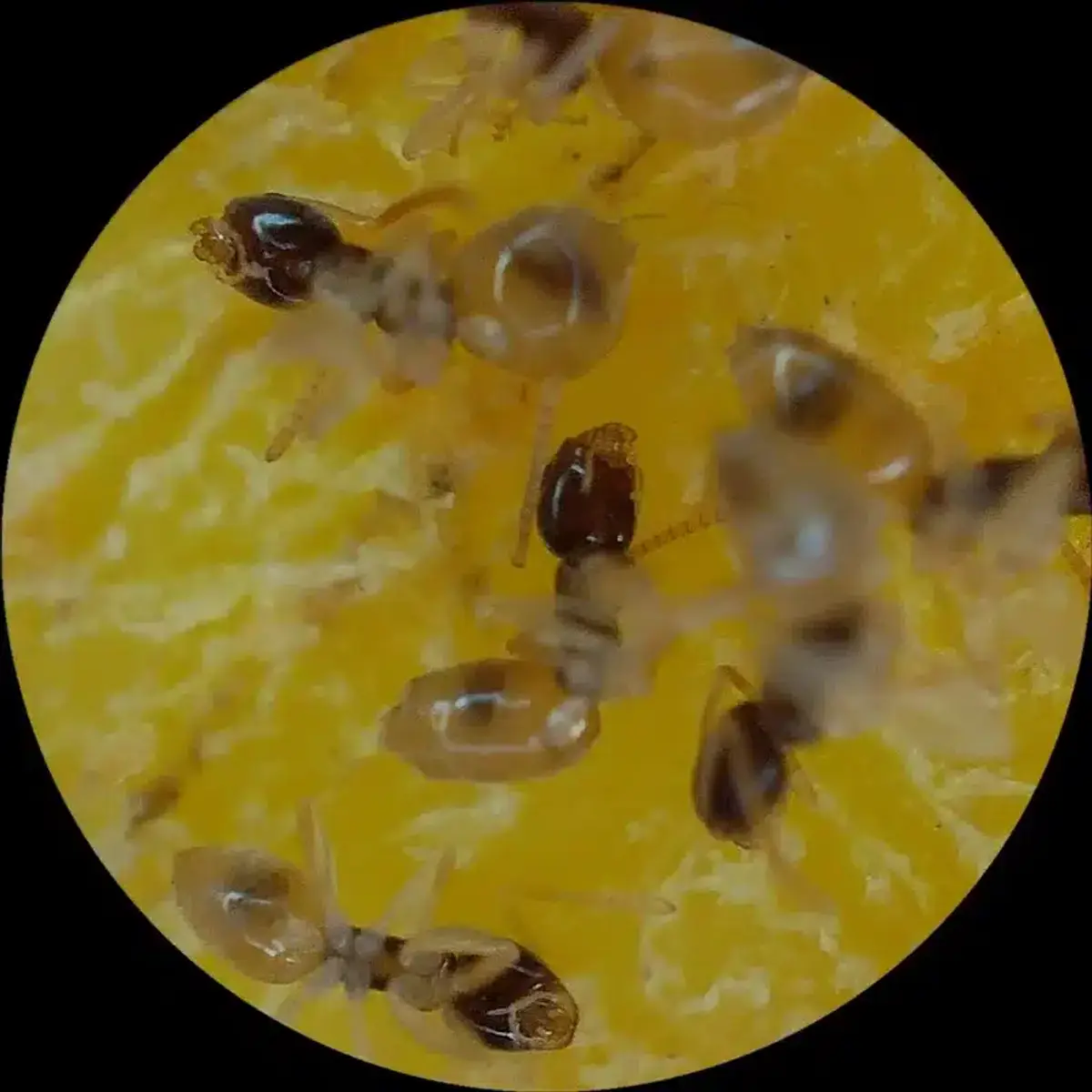
Proper Bait Placement and Monitoring
Where you place baking soda baits affects their success rate significantly. Most homeowners I work with initially place baits in obvious spots but miss key locations.
Strategic Placement Tips
Position baits along ant trails, but keep them away from children and pets. Kitchen areas require special attention since food preparation happens there.
Look for trails near baseboards, around pipe penetrations, and behind appliances. These spots give ants easy access while keeping baits out of normal household traffic.
Monitoring and Refresh Schedule
Check baits every 3-4 days and replace them when they become clumped or wet. Baking soda loses effectiveness when it absorbs moisture from humid environments.
Expect to wait 5-10 days before seeing noticeable reduction in ant activity, if any occurs. Monitor trails at night with a flashlight since many ant species are more active after dark.
Comparing Baking Soda to Other Ant Control Methods
Understanding how baking soda stacks up against other options helps set realistic expectations. From my experience helping homeowners, each method has distinct advantages and limitations.
Ant Control Method Effectiveness Comparison
| Baking Soda | Boric Acid | Professional Gel Baits | |
|---|---|---|---|
| Effectiveness Rate | 40-60% | 90-100% | 90%+ |
| Time to Results | 5-10 days | 5-7 days | 3-5 days |
| Colony Elimination | Rare | Good | Excellent |
| Safety Level | Very High | Moderate | High |
Baking Soda vs. Boric Acid
Boric acid treatments generally outperform baking soda significantly. Research shows boric acid achieves 90-100% colony suppression within 7-14 days when properly applied.
Baking soda typically produces 40-60% worker ant mortality in laboratory conditions, with more variable results in real homes. Additionally, boric acid works faster, often showing results within 5 days.
Professional vs. DIY Approaches
Commercial gel baits containing fipronil, indoxacarb, or thiamethoxam achieve over 90% effectiveness within 3-5 days. These non-repellent insecticides spread through ant colonies naturally as workers share food.
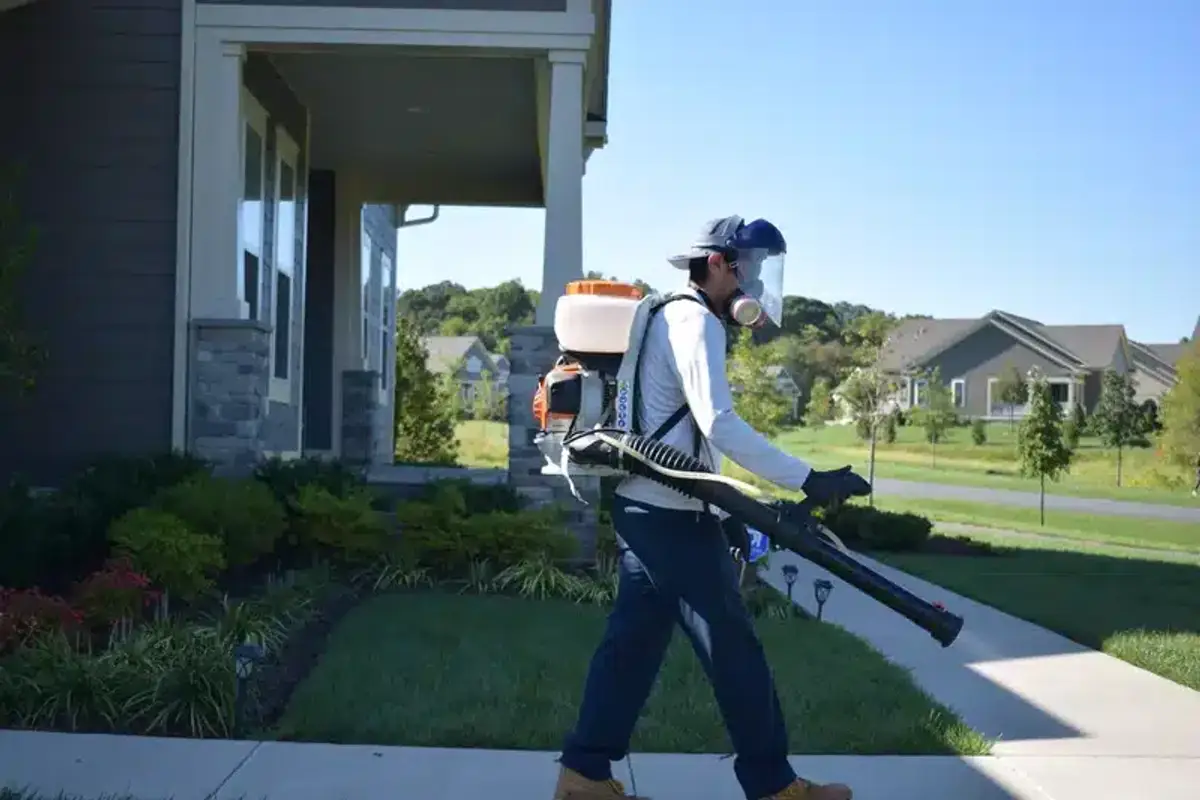
Professional treatments focus on colony elimination rather than individual ant control. Licensed technicians identify entry points, locate nests, and apply materials that reach queen ants and larvae.
Why Baking Soda Often Falls Short for Ant Infestations
Several factors explain why homeowners frequently report initial success followed by ant resurgence when using baking soda.
Reality Check
Visible worker ants represent only 10% of most colonies. Even if baking soda kills every foraging ant you see, the queen and 90% of the colony remain safe in the nest, ready to send out new workers.
Colony Structure Challenges
Visible worker ants represent only about 10% of most colonies. Even if baking soda kills every foraging ant, the queen and developing larvae remain unaffected in the nest.
Successful ant control requires reaching the entire colony. Baking soda rarely penetrates nest areas where reproductive ants live and new workers develop.
Behavioral Factors
Ants show varying preferences for different foods depending on seasonal needs and species type. Spring colonies often seek sugar-rich foods, but summer needs may shift toward proteins and fats.
If ant preferences change, they may ignore sugar-based baking soda baits entirely. Professional treatments account for these behavioral patterns through targeted bait selection.
Common Ant Species and Baking Soda Effectiveness
Different ant species respond differently to baking soda treatments. Understanding local varieties helps predict success rates.
Virginia-Maryland-DC Area Species
The most common indoor ants in our region include odorous house ants, pavement ants, and carpenter ants. Each presents unique challenges for DIY control methods.
Odorous house ants prefer sweet foods and may initially take baking soda baits. However, their multi-queen colonies make complete elimination difficult without professional intervention.
Pavement ants often nest in foundation cracks and may not encounter indoor baits frequently enough for effective control. Their outdoor nesting behavior limits baking soda’s reach.
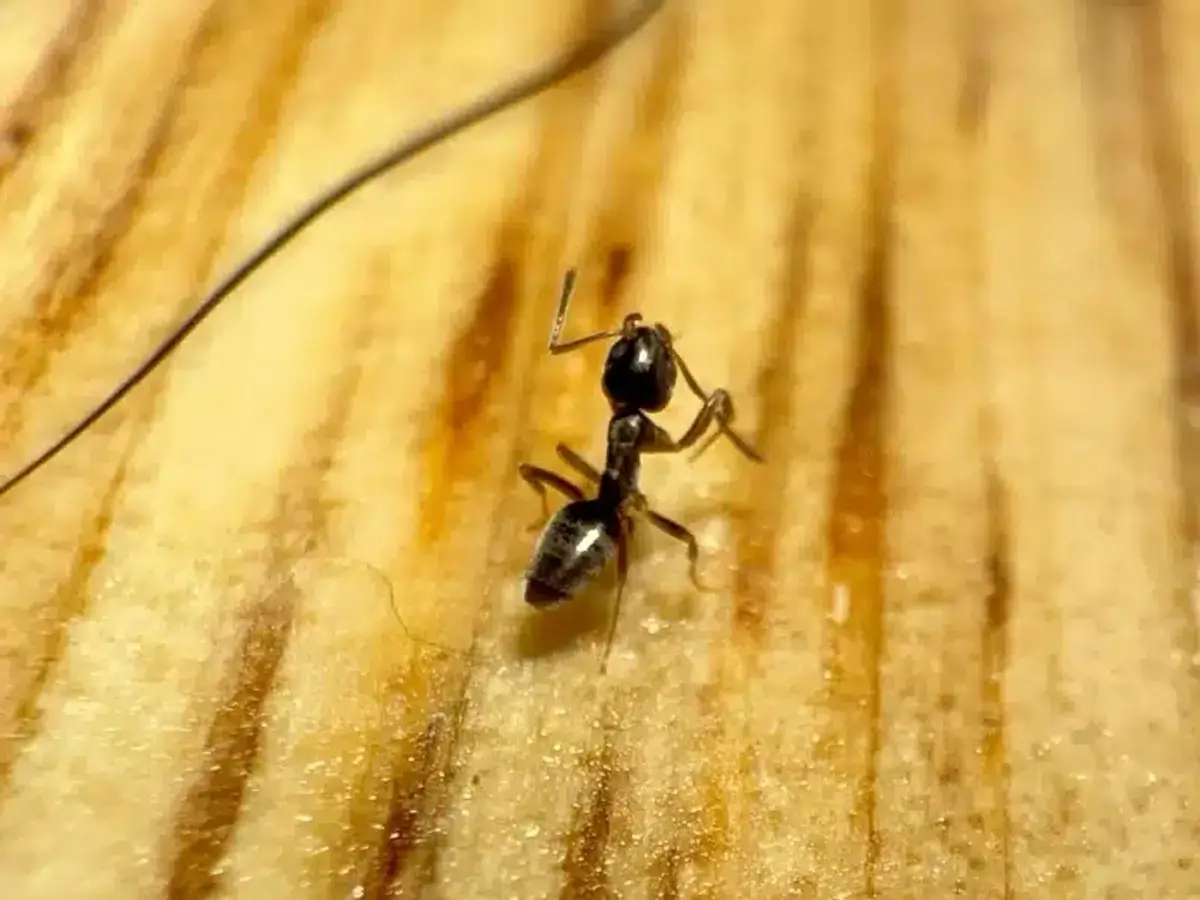
When to Consider Professional Pest Control
Certain situations call for professional intervention rather than continued DIY attempts. Recognizing these scenarios prevents wasted time and potential property damage.
Structural Ant Problems
Carpenter ant activity poses serious risks that baking soda cannot address. These ants excavate wood to create nests, potentially damaging structural elements over time.
If you notice sawdust piles, hollow-sounding wood, or rustling sounds in walls, professional treatment becomes necessary. University of Minnesota Extension research emphasizes the importance of locating and treating carpenter ant satellite colonies.
Persistent Indoor Trails
When ant trails persist after two weeks of proper baiting and sanitation, professional evaluation helps. Recurring indoor activity often indicates nearby outdoor nests that require targeted treatment.
I frequently work with homeowners who’ve tried multiple DIY approaches before calling us. Professional treatments address root causes like moisture problems and entry points that attract ants repeatedly.
Integrated Approach for Long-Term Ant Control Success
Effective ant control combines multiple strategies rather than relying on single solutions. This integrated approach addresses both immediate problems and long-term prevention.
Sanitation and Exclusion
Remove food sources by wiping spills immediately and storing sweet items in airtight containers. Even small crumbs can sustain ant colonies for extended periods.
Seal entry points around pipes, windows, and foundation cracks using caulk or other appropriate materials. Prevention techniques often prove more effective than reactive treatments.
Moisture Control
Address water sources that attract ants, especially in kitchens and bathrooms. Repair leaky faucets, improve ventilation, and eliminate standing water around the home’s perimeter.
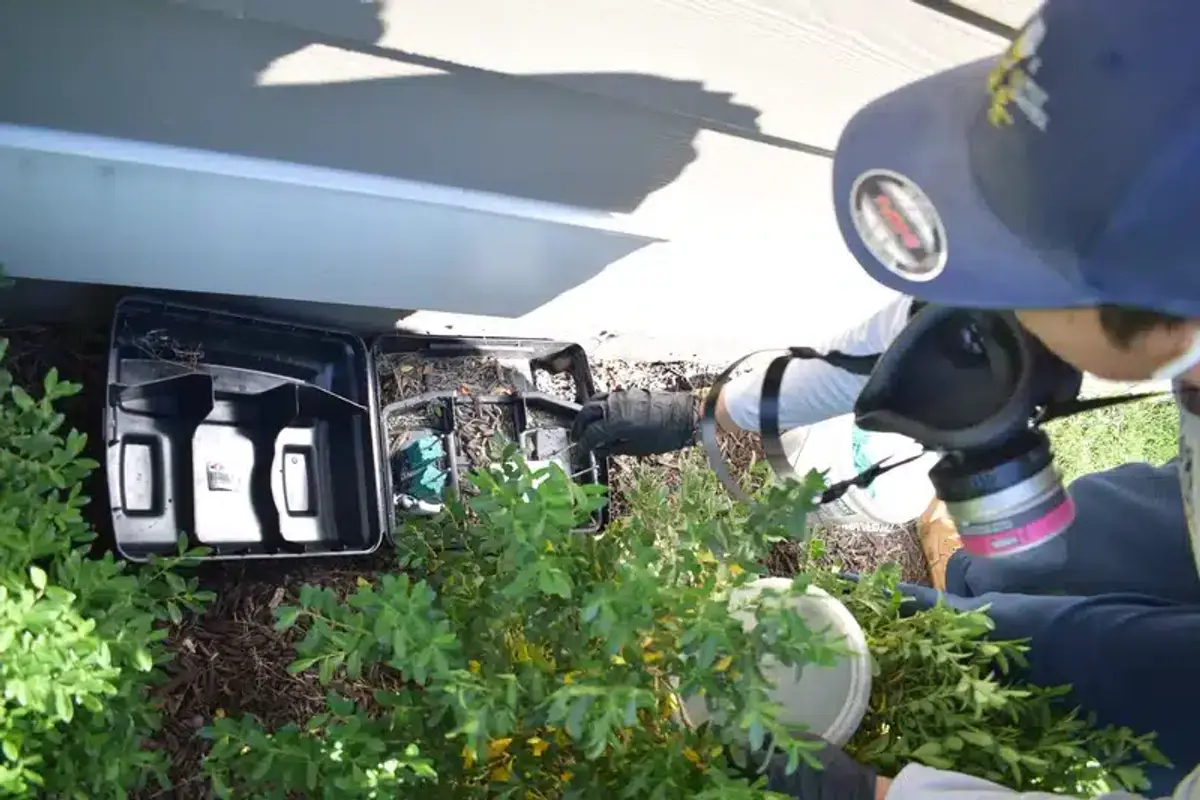
Realistic Expectations for DIY Ant Control
Setting appropriate expectations helps homeowners make informed decisions about when to continue DIY efforts versus seeking professional help.
Baking soda may reduce visible ant activity temporarily, but complete colony elimination rarely occurs. Most homeowners I work with report initial decreases followed by ant resurgence within 2-3 weeks.
Professional treatments typically provide faster, more comprehensive results because they target entire colonies using proven methods. Licensed technicians also identify and address conditions that attract ants to properties.
Environmental and Health Considerations
Baking soda offers advantages in terms of environmental impact and household exposure compared to synthetic insecticides. EPA regulations classify sodium bicarbonate as GRAS (Generally Recognized as Safe) for food contact.
However, outdoor application can affect soil pH and potentially harm plants if used excessively. Additionally, while baking soda poses minimal direct risks, failed ant control attempts may lead to larger infestations requiring stronger interventions.
For families seeking low-impact solutions, professional services can provide targeted applications that minimize exposure while maximizing effectiveness. Our approach focuses on precision placement rather than broadcast treatments.
Based on my experience helping hundreds of homeowners with ant problems, baking soda works best as a temporary measure while planning more comprehensive solutions. It rarely provides the complete colony elimination most people need for long-term relief.
If you’re dealing with persistent ant problems or want faster, more reliable results, professional evaluation can identify the most effective approach for your specific situation. Our licensed technicians provide detailed inspections and treatment plans designed to address both immediate ant activity and long-term prevention.
For questions about ant control options or to schedule an inspection, call us at 703-683-2000 or email info@bettertermite.com. We’re here to help you choose the right solution for your home’s needs.
Frequently Asked Questions
How long does it take for baking soda to kill ants?
+
Laboratory studies show that baking soda requires 5-7 days to kill ants through direct contact. Results in homes vary significantly and may take longer due to factors like humidity, ant species, and colony size. Many homeowners see initial reduction within a week, but complete control rarely occurs.
What's the best ratio of baking soda to sugar for ant baits?
+
Use equal parts baking soda and powdered sugar - typically 1 tablespoon of each per bait station. This 1:1 ratio ensures palatability while providing sufficient baking soda concentration. Avoid using more baking soda as it may deter ants from consuming the bait.
Is baking soda effective against all ant species?
+
No, baking soda effectiveness varies by ant species. It shows better results against species that prefer sweet foods, like odorous house ants. Carpenter ants and other protein-preferring species may ignore sugar-based baking soda baits entirely. Species identification helps predict success rates.
Can I use baking soda outdoors for ant control?
+
While you can apply baking soda outdoors, it becomes less effective due to weather exposure. Rain dissolves the bait, and humidity causes clumping. Additionally, outdoor application may affect soil pH and harm plants. Indoor placement along ant trails typically works better.
Why do ants come back after baking soda treatment?
+
Ants return because baking soda typically kills only worker ants, not entire colonies. Queens and larvae remain in nests, continuing to produce new workers. Additionally, outdoor nests may send new foraging parties into homes. Complete colony elimination requires targeting reproductive ants in nest areas.
Is baking soda safe around pets and children?
+
Baking soda is generally considered low-risk around pets and children since it's a common food ingredient. However, large quantities can cause digestive upset in small pets. Place baits in areas accessible to ants but away from curious pets and children for best results.
How does baking soda compare to borax for ant control?
+
Borax generally outperforms baking soda for ant control, achieving 90-100% colony suppression compared to baking soda's 40-60% worker mortality. However, borax requires more careful handling around pets and children. Both work slowly compared to professional treatments, but borax provides more reliable results.
Should I spray insecticide and use baking soda baits together?
+
No, avoid using repellent sprays near bait stations. Insecticide sprays scatter ant colonies and prevent workers from finding and consuming baits. If you choose the bait approach, rely on baits alone for 2-3 weeks before considering other methods. Combining treatments often reduces overall effectiveness.
With five years of hands-on experience in the pest control industry, George Schulz is a registered technician with the Virginia Pest Management Association and a proud third-generation professional in a family business that's been protecting homes for over 57 years. He manages and trains a team of service pros while also leading internal research efforts—recently spearheading a deep-dive review of thousands of documents on pest control materials to hand-pick the most kid and pet friendly, most effective solutions tailored specifically for homes in the DC metro area.
